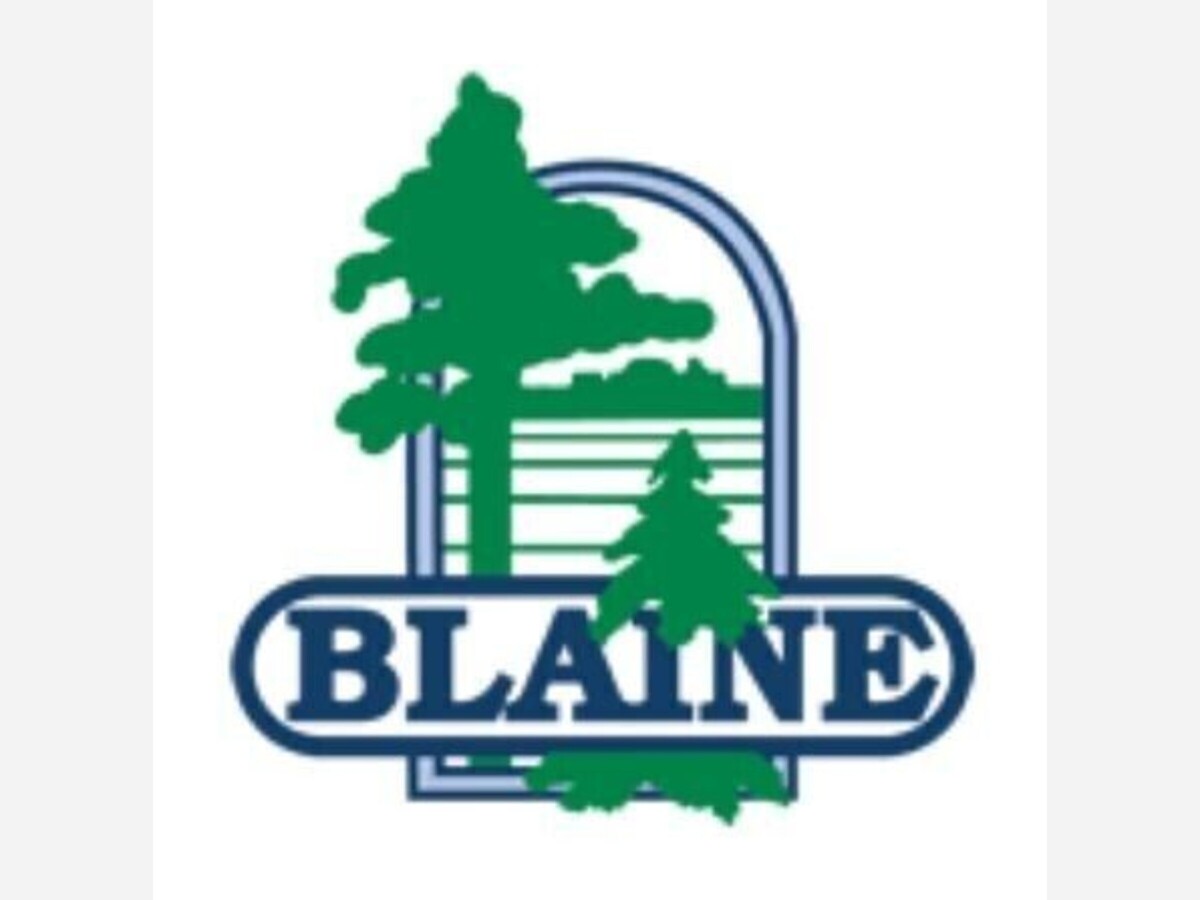Image


In a recent update to its environmental regulations, the City of Blaine has laid down new laws for managing stormwater runoff, a move aimed at countering pollution and the overflow of rainwater in urban areas. Ordinance 25-2580, as passed by city officials, dictates that new and redevelopment projects must respectively achieve a "no net increase" and a "net reduction" in stormwater discharge, as well as in the discharge of pollutants like total suspended solids (TSS) and total phosphorus (TP).
Noteworthy in the ordinance is its elimination of pre- and post-construction testing to verify these "no net increase" or "net reduction" claims, with the city accepting best management practices as sufficient compliance. While intended to lessen bureaucratic hurdles, critics express concern over the relaxed oversight, wondering whether it might lead to a disregard for the detailed requirements laid down by the new stormwater regulations.
Among the specifics of the ordinance, reported by the City of Blaine, are stipulations for volume control and pollutant management practices that emphasize infiltration or retention of at least one and one-tenth inches of precipitation. The practices focus on using pervious areas for stormwater treatment to the "maximum extent practical."
Source: Bernard Ladenthin, CC BY 4.0, via Wikimedia CommonsHowever, infiltration is not a one-size-fits-all solution. The ordinance outlines restrictions for areas where stormwater management infiltrations are inappropriate or ineffective, such as sites in close proximity to karst features or with high soil infiltration rates. While this shows a nuanced approach to environmental protection, it has been said by some property developers that these restrictions can potentially complicate planning, especially for projects within the mapped-out geological and hydrological constraints.
If on-site measures prove infeasible, the ordinance allows for off-site locations for volume and pollutant management controls. This provision aims to ensure flexibility within the framework of maintaining environmental integrity but requires developers to find suitable alternative sites, which, depending on the locale, could be a scarce resource.
The City of Blaine's effort to fortify its environmental policies reflects a wider recognition of the growing challenges local governments face in light of increased urbanization and climate change. Implementing such practices seeks to safeguard not only the health and welfare of its citizens but also the quality and sustainability of its environmental resources.
SOURCE: hoodline